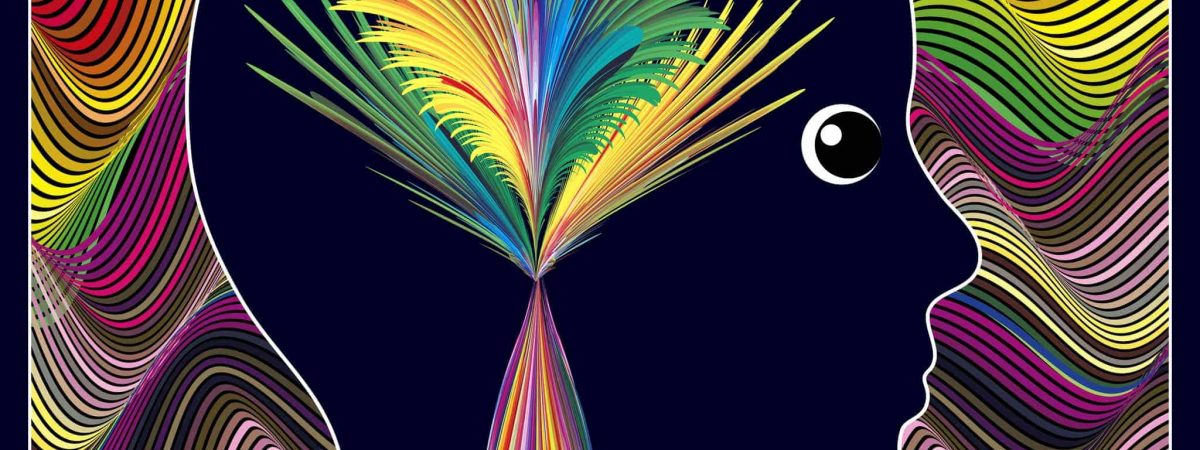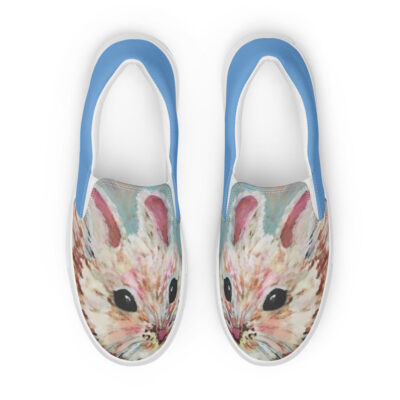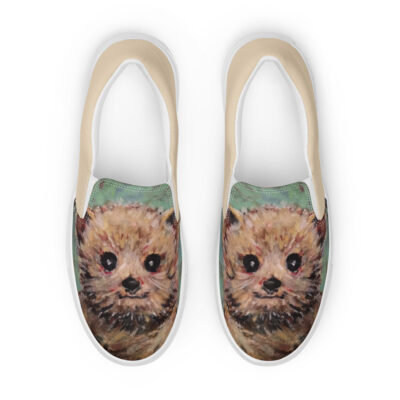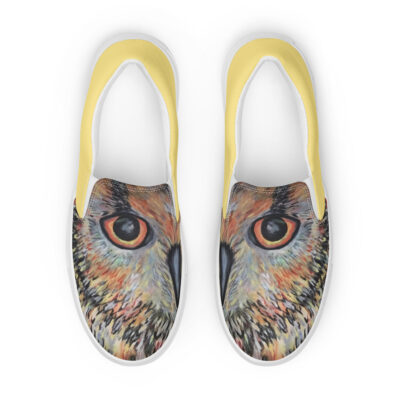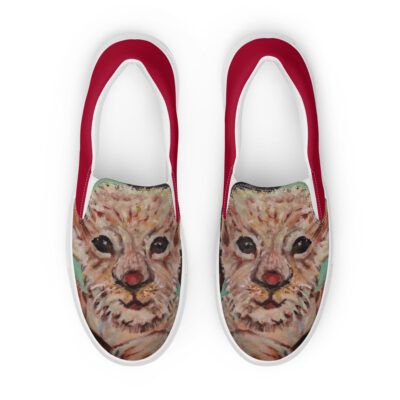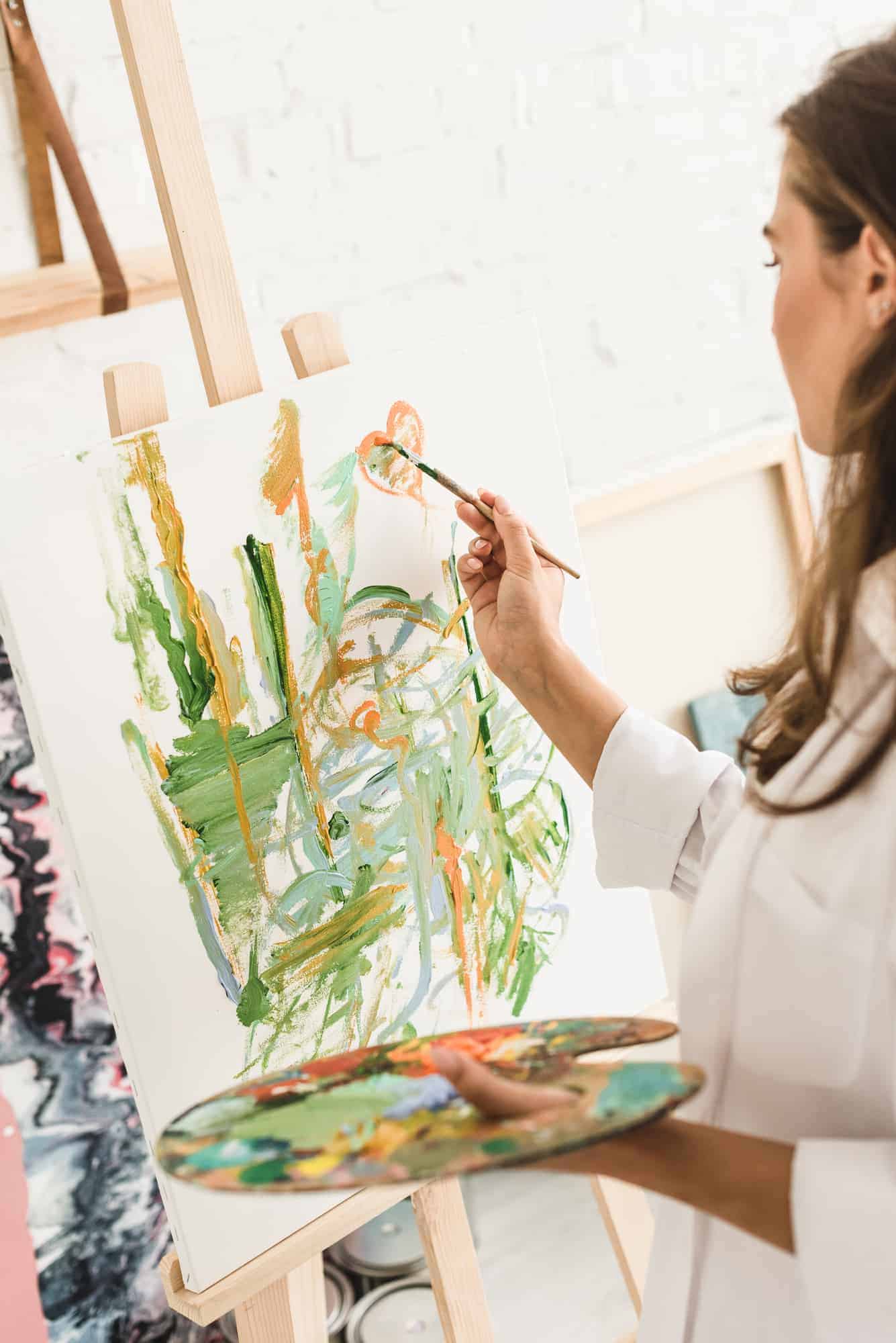Creativity is an Effective Form of Art Therapy Treatment
May is Mental Health Month, and here at Art for Your Cause, we want to help support those who are struggling with mental health. We see a lot of non-profits that strive to bring awareness and start conversations, removing the stigma of those who struggle with these issues. Creativity is an effective form of art therapy treatment. We also know, as artists, that creativity can be an effective outlet for feelings and emotions that are difficult to cope with using traditional methods, like medication or conversational therapy.
But most of what we know about art therapy is anecdotal evidence, found in a myriad of case studies and positive findings from therapists in the field. Very little research has actually been done to support these claims, but one qualitative study published in The Arts in Psychotherapy in 2015 found that \”Patients with [Personality Disorders] experienced improved sensory perception, more personal integration, emotion regulation, insight and behavior change.” (Haeyen, van Hooren, Hutschemaekers. 2015). So how exactly does Art Therapy work, and why is it effective?
Talking without Speaking
Many patients, especially those with depressive disorders, find it very difficult to express their feeling through conversation. Depression can give those who struggle with it a sense of apathy and helplessness, making the hard work of talking through their feelings a unique challenge. Creativity can be an effective way of expressing emotions, and the artwork made as a result can be the basis of future conversations, creating a catalyst for healing.
Dealing with Emotions
Art Therapy can help people regulate their emotional responses to situations. The act of making gives them a safe and experiential space, one free of judgment or pressure, to navigate their emotions.
Mindfulness
Forms of expression that are tangible help people focus on the here and now. For many people struggling with mental health, a lot of time can be spent brooding in negative emotions or thoughts. Art expression brings those thoughts and feelings into the real world, allowing one to deal with them objectively.
Art Therapy for Everyone
Although most of the evidence, circumstantial or otherwise, revolves around the treatment of those who are formally diagnosed with a mental disorder, the reality is that we all need a little therapy from time to time. We all deal with feelings of loss, grief, anger, and fear. Art therapy can be utilized anywhere, by anyone.
Need a little bit of Art Therapy in your life? Check out this list of 100 Art Therapy Exercises compiled by Shelly Krammer. And don’t forget to shop our online store and select a mental health-focused organization to support at checkout!
Resources:
1) https://www.sciencedirect.com/science/article/pii/S0197455615000283?via%3Dihub
2) https://arttherapyresources.com.au/therapy/depressive-disorders/
3) https://www.psychologytoday.com/us/blog/arts-and-health/201608/why-art-therapy-works
4) https://intuitivecreativity.typepad.com/expressiveartinspirations/100-art-therapy-exercises.html
5) https://www.mostcraft.com/art-therapy-exercises/
6) https://www.reviews.com/utilities/internet/websites-to-learn-hands-on-craft-at-home/?source=home

